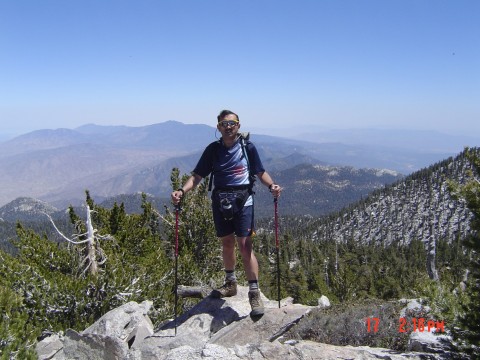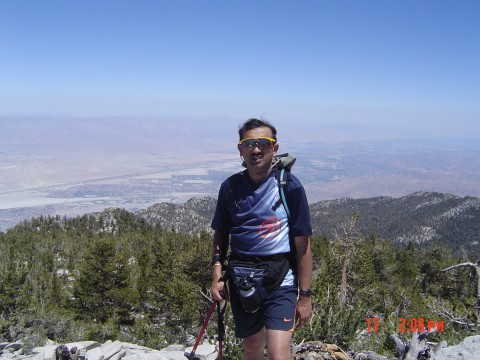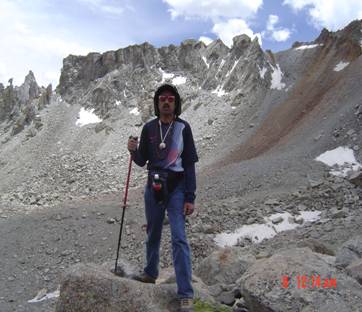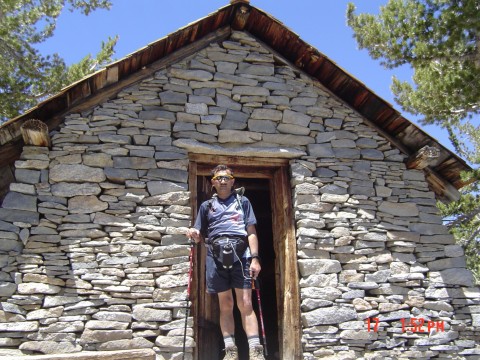
|
|
|
|
|
|
|
|
High Altitude: Acclimatization & Sickness:
"Climb high, sleep low" - If symptoms increase, go down, down, down!
Almost everyone who travels to Central or
The so-called “early mountain sickness” usually develops during the first two or three days at high altitude. Its symptoms include headache, nausea and loss of appetite, sleeplessness, and difficulty breathing. People will be affected in different ways and not all the symptoms need to be present. If you experience some or all of the symptoms, you definitely should not go any higher until they have disappeared. To be safe, it is best to plan for three days of relatively reduced activity upon first arriving in The so-called early mountain sickness can sometimes develop into acute mountain sickness, which may involve the life threatening conditions of pulmonary or cerebral edema-waterlogged lungs or brain. These are serious occurrences that can result in death if not treated immediately. They are liable to occur only if the symptoms of early mountain sickness are ignored and you continue to ascend. The symptoms of pulmonary edema are as follows: weakness, tiredness, shortness of breath, increased respiratory and heart rates, dry cough at first followed by cough with watery or bloody sputum later, noisy and bubbly treating, congested chest and dark blue fingernails and lips. If pulmonary edema is diagnosed (not all symptoms need to be present), you must descend to a lower altitude immediately. If the symptoms develop while you are in The symptoms of cerebral edema are extreme tiredness, vomiting, severe headaches, difficulty in walking, abnormal speech and behavior, drowsiness and unconsciousness. If cerebral edema is diagnosed (again not all of the symptoms need be present), you must descend immediately and stay down. Descent should not be delayed for any reason and someone should accompany the patient. No medication is a substitute for descent. If in
What is High Altitude? Altitude is defined on the following scale High (8,000 - 12,000 feet [2,438 - 3,658 meters]), Very High (12,000 - 18,000 feet [3,658 - 5,487 meters]), and Extremely High (18,000+ feet [5,500+ meters]). Since few people have been to such altitudes, it is hard to know who may be affected. There are no specific factors such as age, sex, or physical condition that correlate with susceptibility to altitude sickness. Some people get it and some people don't, and some people are more susceptible than others. Most people can go up to 8,000 feet (2,438 meters) with minimal effect. If you haven't been to high altitude before, it's important to be cautious. If you have been at that altitude before with no problem, you can probably return to that altitude without problems as long as you are properly acclimatized. What Causes Altitude Illnesses The concentration of oxygen at sea level is about 21% and the barometric pressure averages 760 mmHg. As altitude increases, the concentration remains the same but the number of oxygen molecules per breath is reduced. At 12,000 feet (3,658 meters) the barometric pressure is only 483 mmHg, so there are roughly 40% fewer oxygen molecules per breath. In order to properly oxygenate the body, your breathing rate (even while at rest) has to increase. This extra ventilation increases the oxygen content in the blood, but not to sea level concentrations. Since the amount of oxygen required for activity is the same, the body must adjust to having less oxygen. In addition, for reasons not entirely understood, high altitude and lower air pressure causes fluid to leak from the capillaries which can cause fluid build-up in both the lungs and the brain. Continuing to higher altitudes without proper acclimatization can lead to potentially serious, even life-threatening illnesses. Acclimatization The major cause of altitude illnesses is going too high too fast. Given time, your body can adapt to the decrease in oxygen molecules at a specific altitude. This process is known as acclimatization and generally takes 1-3 days at that altitude. For example, if you hike to 10,000 feet (3,048 meters), and spend several days at that altitude, your body acclimatizes to 10,000 feet (3,048 meters). If you climb to 12,000 feet (3,658 meters), your body has to acclimatize once again. A number of changes take place in the body to allow it to operate with decreased oxygen.
Prevention of Altitude Illnesses Prevention of altitude illnesses falls into two categories, proper acclimatization and preventive medications. Below are a few basic guidelines for proper acclimatization.
(This information is only for education and awareness only and not a substitute for medical training)
Further Reading Sources: - www.high-altitude-medicine.com - www.traveldoctor.co.uk/altitude.html - www.mountaineering.ie/features/general/highaltitude.html - www.traveldoctor.co.uk/exposure.html
"The impossible is achieved through the process of self-perfection called meditation" - Swami Chinmayananda |



